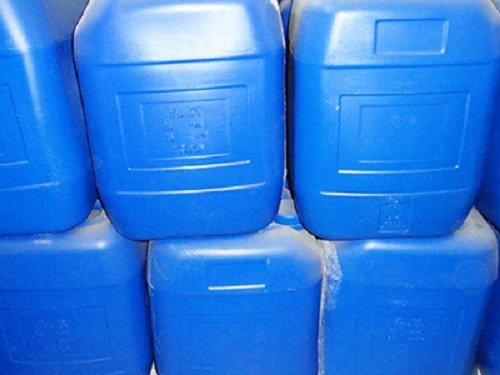Carboxylic acid
The lactic acid transport speed is affected by a series of factors, and includes a monocarboxy-dient, lactate dehydrogenase concentration and isomer form, and the oxidative capacity arranged. Generally, the concentration of lactic acid in the blood is from 1-2 mmol / L during non-exercise, and can rise to 20 mmol / L during intense exercise.
The lactic acid transport speed is affected by a series of factors, and includes a monocarboxy-dient, lactate dehydrogenase concentration and isomer form, and the oxidative capacity arranged. Generally, the concentration of lactic acid in the blood is from 1-2 mmol / L during non-exercise, and can rise to 20 mmol / L during intense exercise.
The lactate dehydrogenase is converted to a left lactic acid during the fermentation process. Lactic acids are constantly occurring in general metabolism and motion, but its concentration generally does not rise. Only in the lactic acid occurs, lactic acid cannot be transported in time to increase.
Lactic acid is a carboxylic acid, the molecular formula is C3H6O3, containing a hydroxyl group, belonging to α-hydroxyory (AHA). In an aqueous solution, the carboxyl group releases a proton to generate lactate ion CH3CH (OH) COO-.
Generally speaking, when the energy of the arrangement cannot be satisfied with oxygen breathing, it is arranged that the oxygen that cannot be obtained may not satisfy the quick treatment of oxygen, the concentration of lactic acid will rise. In this case, the acetone dehydrogenase cannot be converted to acetyl coenzyme a, pyruvate start-up. In this case, if the lactate dehydrogenase does not reduce the reduction of pyruvic acid as lactic acid, the composition of triphosphate is inhibited.



